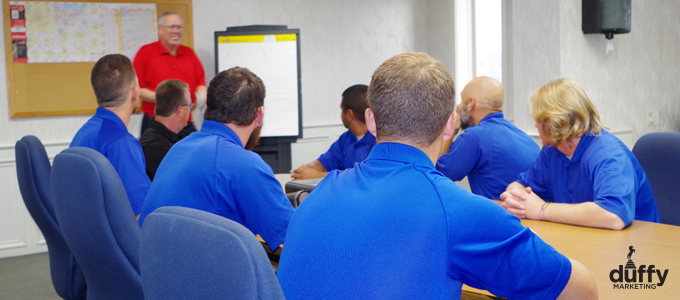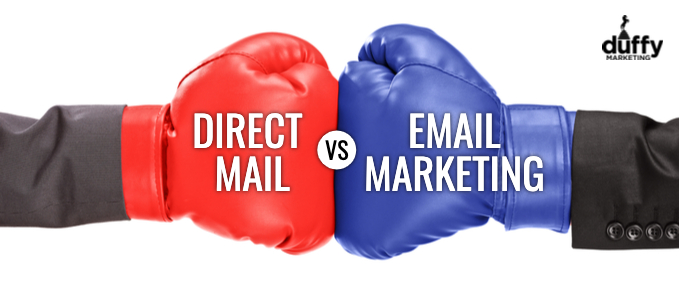How many of you remember the Friday night family ritual of going to the video rental store? Weekend entertainment consisted of a couple movies for the kids and another two or three for the parents. First it was VHS tapes then DVDs. While there were others, the video rental giant was Blockbuster with stores on seemingly every corner. How many Blockbuster stores do you see now? This is a drastic example of something called the product life cycle.
Why it matters
Let’s stick with the same example to examine why the product life cycle is such a vital part of marketing and business success. Did you know that in 2000 Blockbuster could have bought Netflix for $50 million? Once again, how many Blockbuster stores are in your city? Oh, by the way, the current market valuation of Netflix is $241 billion, yes with a ‘B’, dollars. Of course, this is a drastic, and to some degree a simplistic, example but it clearly shows the importance of identifying the product life cycle and how it can impact your business.
Identifying the process
So, what exactly is the product life cycle? It’s the stages a product goes through from development to decline. Marketing experts usually identify six stages. Business owners and marketing experts, like the ones at Duffy Marketing, work together to identify the product life cycle. The information is then used to make important decisions and form strategies for advertising budgets, product prices, and packaging. Let’s take a closer look at the six stages we’re talking about.
Development
This stage can also be called the research phase before a product is introduced to the marketplace. Depending on the situation, this stage can include bringing in investors, developing and testing prototypes, and designing a product launch strategy. This is the time companies spend a lot of money without bringing in any revenue. The length of the development stage often depends on the complexity of the product and how new or revolutionary it is.
Introduction
This phase starts when a product hits the marketplace. Usually this phase is focused on advertising and marketing campaigns. The development phase is often marked by slow sales but hopefully increasing demand. A successful introduction sets the stage for the next phase.
Growth
Growth comes after consumers have accepted the product and are beginning to buy-in. This phase should be marked by increasing, hopefully rapidly, demand and profits. This is the time when marketing services shift from buy-in to establishing a brand name preference. During growth companies will expand product distribution.
Maturity
This is the stage when the sales begin to level off as rapid growth slows. It’s usually marked by price cutting, often to stay competitive with other companies that have now entered the picture. Marketing campaigns change focus to differentiation rather than awareness. The maturity stage is often the most profitable time because production costs are declining while sales are still growing.
Saturation
Competitors have now aggressively entered the marketplace producing product saturation. Typically, most consumers are now using the product. The marketing goal is to make your product the strong brand preference, and this is where strong customer service becomes absolutely vital.
Decline
If your product doesn’t become the preferred brand in a saturated marketplace, decline is almost sure to follow. Increased competition will lead to decreased sales. Consumers can also lose interest because of changing technology, i.e., video streaming vs video rental. A company at this stage can either discontinue the product, sell their company, or find some innovation to make the product relevant. Marketing services can also help with new advertising strategies.
More than products
Always remember the product life cycle doesn’t just apply to widgets or physical products. It’s also part of the services you offer and how you advertise and promote them. If you are ready to learn more about what this means for your business, call Duffy Marketing.








